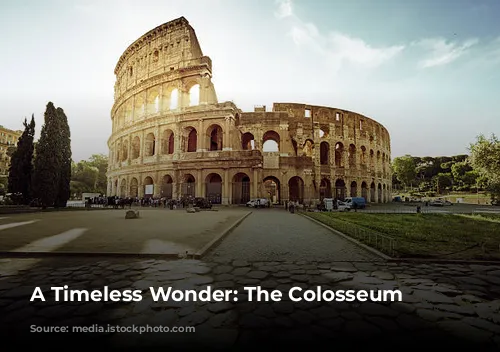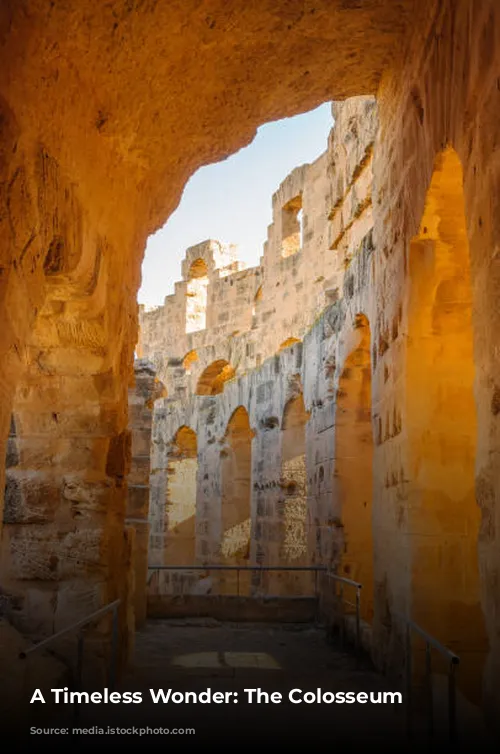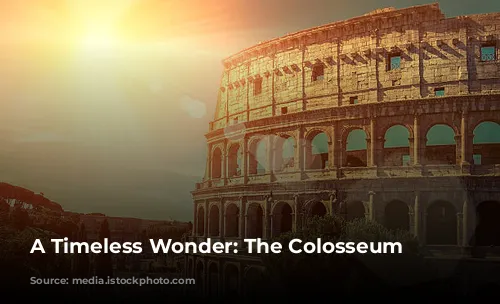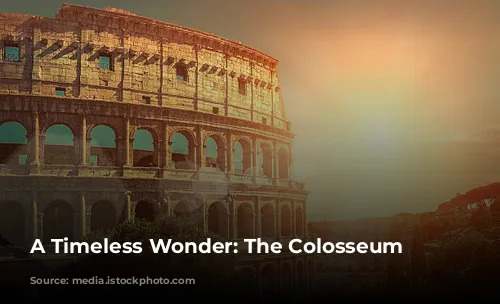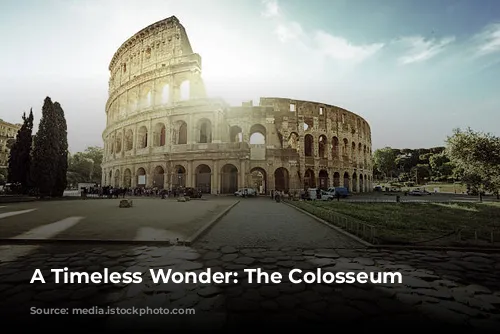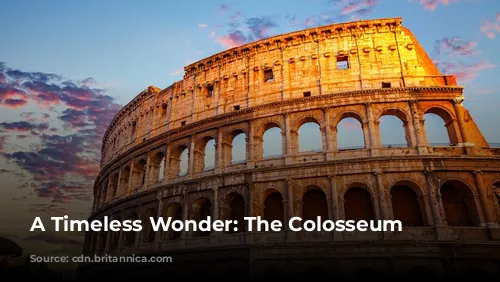The Colosseum, standing proudly as one of the few mostly intact structures from the Roman Empire, is a testament to ancient Rome’s incredible architectural and engineering skills. This impressive landmark is not only a fascinating piece of history but also a major driver of tourism revenue for Italy. In 2018, the Colosseum, Roman Forum, and Palatine Hill collectively generated over $63.3 million (€53.8 million), making it the most profitable tourist attraction in Italy.
A Monument’s Troubled Past
Sadly, the Colosseum’s journey has been marred by neglect and repurposing. After the fall of the Western Roman Empire, the arena fell into disrepair, and it was used by the Frangipane and Annibaldi families as a fortress in the 12th century. In the late 15th century, Pope Alexander VI even allowed the Colosseum to be used as a quarry. After over a thousand years of neglect, state-funded restoration efforts finally began in the 1990s.
A Symbol of Imperial Power
The Colosseum’s construction was a testament to the power of the Roman Empire and a symbol of its desire to rebuild Rome after the chaotic “Year of the Four Emperors” in 69 CE. Like other amphitheaters, the Colosseum was intended to be an entertainment venue by Emperor Vespasian. It hosted gladiator fights, animal hunts, and even mock naval battles. The Colosseum was a spectacle that captured the imagination of the Roman people.
From Conception to Completion
Construction began under Emperor Vespasian between 70 and 72 CE. The completed structure was dedicated in 80 CE by his son and successor, Titus. The Colosseum’s fourth story was added by Emperor Domitian in 82 CE. Notably, the construction was funded with plunder from Titus’s sack of Jerusalem and was built by enslaved Jews from Judaea, a fact that reminds us of the empire’s complex and sometimes brutal history.
A Colossal Structure
The Colosseum, also known as the Flavian Amphitheatre, is an elliptical structure made of stone, concrete, and tuff. This impressive amphitheater stands four stories tall and measures a massive 620 by 513 feet (189 by 156 meters). The Colosseum was designed to hold up to 50,000 spectators, making it a truly grand venue for Roman entertainment. Its most famous use was for gladiatorial combat, where courageous gladiators would showcase their skills and entertain the crowds.
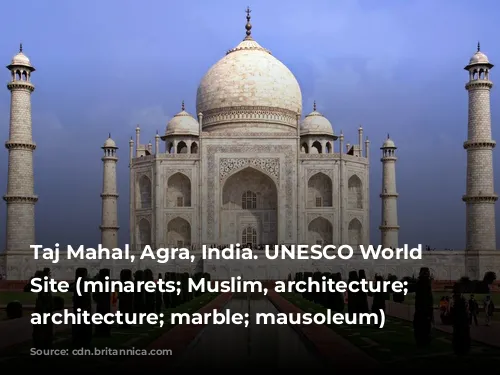
A Symbol of Roman Grandeur
The Colosseum was built on the grounds of Nero’s Golden House, where an artificial lake once stood. Emperor Vespasian, who ascended the throne from humble beginnings, decided to replace the tyrannical emperor’s private lake with a public amphitheater. This was a symbolic gesture, signifying a shift from private luxury to public entertainment.

A Technological Marvel
Unlike earlier amphitheaters, which were often dug into hillsides for support, the Colosseum is a freestanding structure constructed with a complex system of barrel vaults and groin vaults. Its three stories are surrounded by arcades, adorned with Doric, Ionic, and Corinthian columns, creating a grand and imposing façade. This architectural arrangement influenced the Renaissance era and helped define the concept of the “assemblage of orders.”
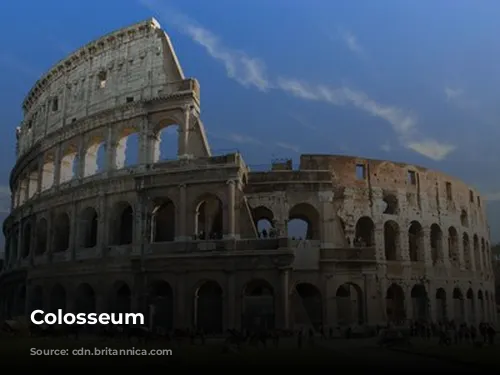
A Spectacle for the Masses
The Colosseum could accommodate 50,000 spectators, who were protected from the sun by a retractable awning known as a velarium. This impressive structure was operated by hundreds of Roman sailors, who manipulated the rigging that extended and retracted the awning. The Colosseum was a stage for gladiatorial combat, animal hunts, and even mock naval battles. However, the connection between the Colosseum and the martyrdom of early Christians is uncertain.
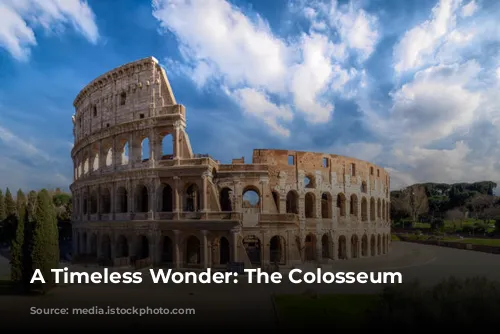
A Monument’s Enduring Legacy
Through the centuries, the Colosseum has served as a church, a fortress, and even a quarry. It has been damaged by lightning, earthquakes, and vandalism, with its marble seats and decorations stolen and repurposed. The Colosseum’s restoration began in earnest in the 19th century, with notable efforts by Pope Pius VIII, and a comprehensive restoration project was undertaken in the 1990s. Today, the Colosseum stands as a testament to its past, attracting millions of visitors each year. It continues to be one of Rome’s most iconic tourist attractions, hosting exhibitions that showcase the rich culture of ancient Rome.
The Colosseum, a symbol of Roman grandeur and engineering brilliance, has withstood the test of time and continues to inspire awe and wonder in all who visit it.
